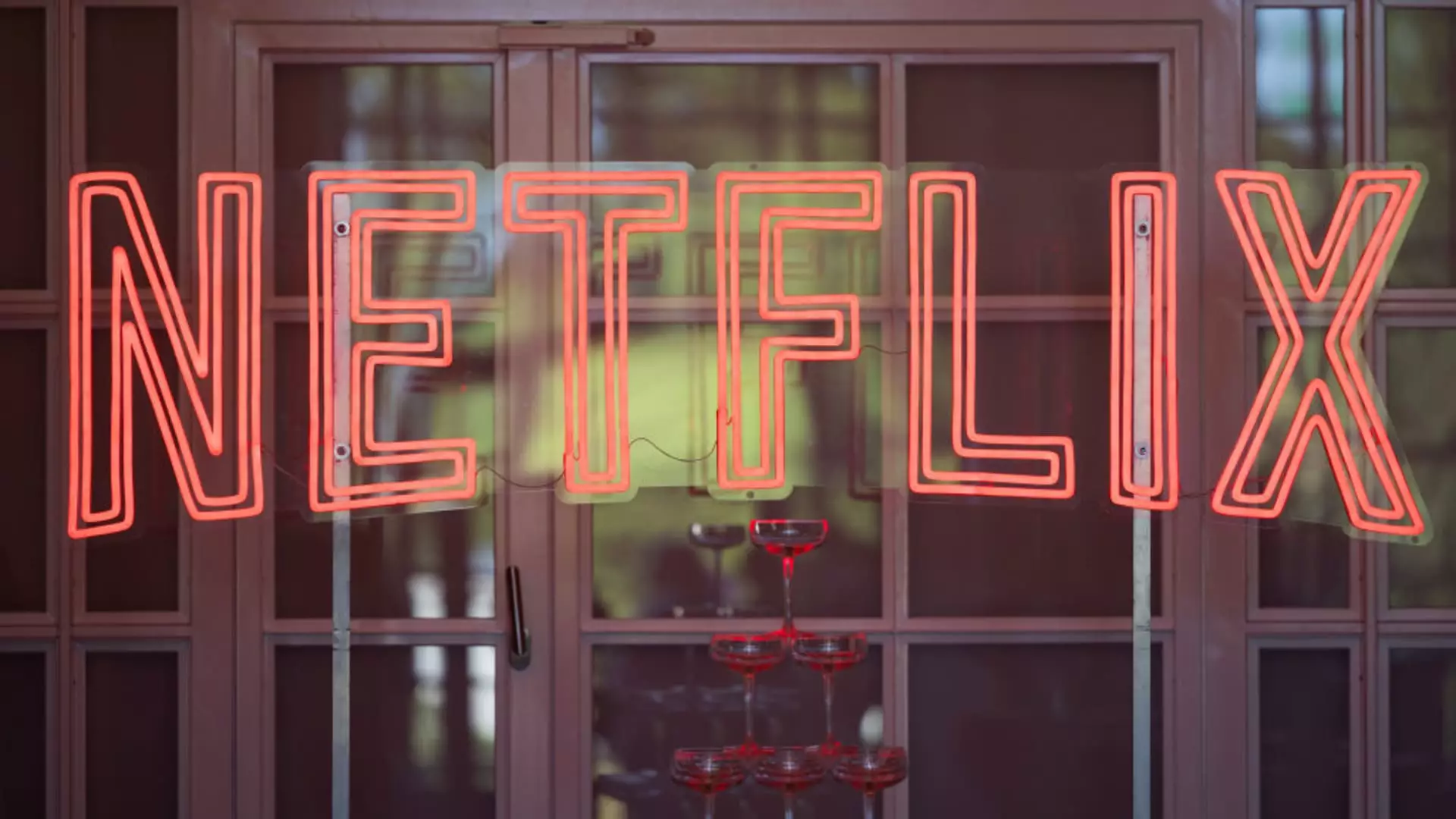The streaming industry has experienced rapid changes over the past few years, marked by rising costs, product variability, and attempts at increasing profitability amidst fierce competition. Recently, Netflix made headlines by announcing significant price hikes across most of its U.S. subscription plans. Such adjustments reflect not only the company’s efforts to enhance revenue but also the growing pressures that streaming platforms face as they strive for sustainability and growth.
The updated pricing structure introduced by Netflix on a Tuesday included an increase in its standard plan without commercials from $15.49 to $17.99, as well as its ad-supported tier rising modestly from $6.99 to $7.99. Additionally, the premium plan saw a rise from $22.99 to $24.99. These changes indicate a strategic pivot in Netflix’s approach, aligning its prices with the evolving market dynamics and consumer expectations.
As Netflix implements these price hikes, it’s crucial to consider consumer reactions. The streaming giant has informed audiences that these increases are accompanied by assurances of more high-quality content in the future. Historically, Netflix’s audience has been relatively tolerant of price increases, provided they correlate with superior offerings. In an investor call, co-CEO Ted Sarandos stated that the company needed to “have the goods and engagement to back it up.” This confirms the dual focus on content quality and subscriber maintenance.
For subscribers who have been navigating a slew of price hikes across multiple platforms, including rivals like Disney+ and Warner Bros. Discovery’s Max, the notoriety of these increases could foster frustration. This sentiment is further deepened when considering the substantial monthly costs families incur for streaming. Consequently, while Netflix aims to reassure its customers, an increasingly saturated and expensive streaming landscape may incite subscriber attrition if alternative platforms provide lower-cost options or superior content.
The rising prices are not solely a mechanism to meet operational costs; they are a reflection of an industry-wide trend toward exploring profitability through diversified offerings. In a landscape increasingly peppered with ad-supported models, Netflix’s ad-tier subscription shows the company’s willingness to experiment with pricing strategies. Notably, the recent price adjustment for this tier marks the first modification since its introduction in November 2022—revealing a particular focus on adequately balancing revenue strategies with consumer receptiveness.
Netflix has made strides to transform its subscriber engagement tactics, including the introduction of extra member options to curb password-sharing practices. The increased monthly charge for adding extra members to ad-free plans, now from $7.99 to $8.99, is a move aimed at monetizing additional users without alienating core subscribers. This vigilant approach demonstrates the challenges Netflix faces in retaining existing customers while expanding its base.
Evaluating the Impact of these Changes
In the fourth quarter, Netflix informed investors about a remarkable gain of 19 million paid memberships, surpassing the 300-million-subscriber mark globally. While this growth is promising, it begs the question: can such pivotal price adjustments maintain engagement in the face of rising costs? As the market evolves, the onus is on Netflix to ensure that its content strategy is fluid enough to respond effectively to market changes and subscriber feedback.
Furthermore, the success of these price changes hinges on Netflix’s ability to continuously deliver compelling content. Reports indicate that upcoming series and movies slated for release in 2025 are expected to support this price model, thereby setting the stage for a new chapter in the company’s trajectory.
As Netflix embarks on this new pricing strategy, it stands at a crossroads in the evolving streaming landscape. The company’s ability to retain its subscriber base while raising prices will define its success in the near future. Streaming competition is fierce, and with consumer demands at an all-time high, Netflix’s strategy must be carefully calibrated to balance revenue generation with exceptional user experiences. Whether this strategy will warrant continued growth remains to be seen, but one aspect is undoubtedly clear: Netflix’s navigation of these financial waters will serve as an instructive case study for the entire streaming industry moving forward.

